Published on: May 15, 2021
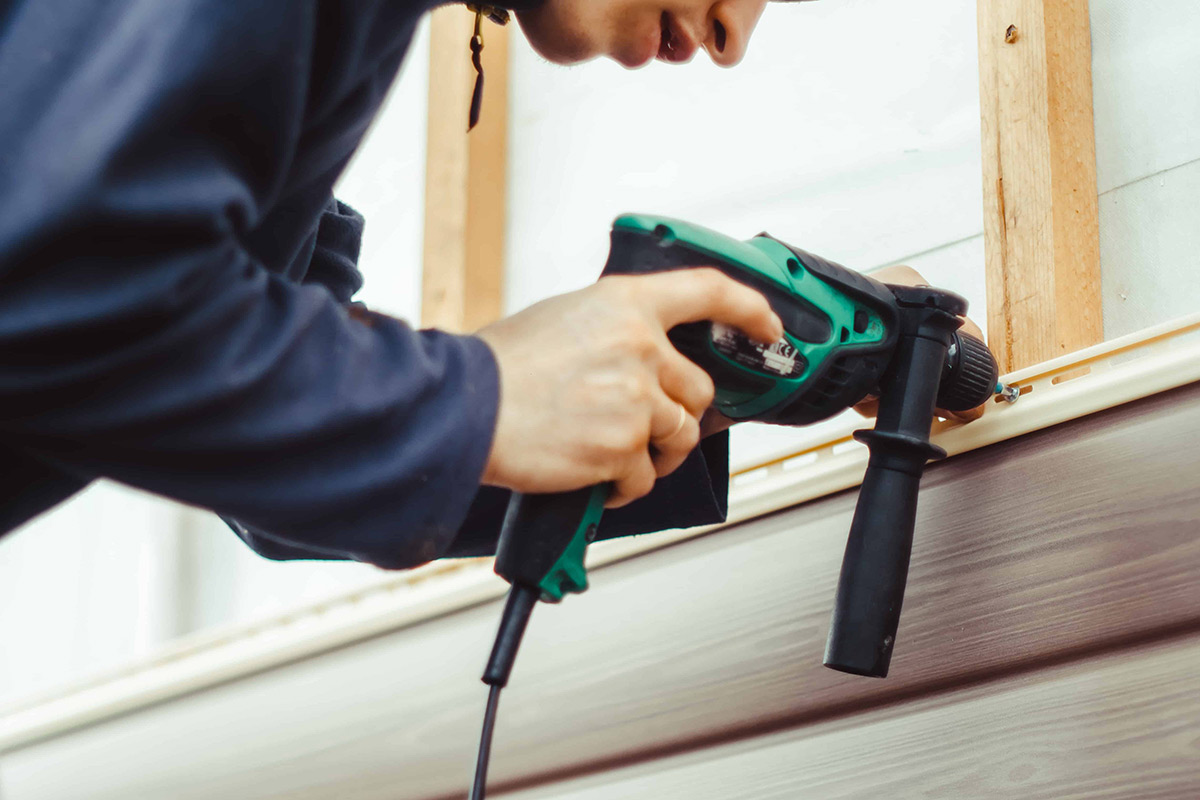
Your home’s siding is an essential element of its curb appeal. Siding installation is a big consideration for your home and one you should not take lightly.
You’ll need to know all about how to know it’s time for new siding, how to choose the right siding materials, the cost of residing your home and more.
We’ll offer insights into all these areas as you work to complete the perfect commercial or residential siding project.
Get answers to all your questions from this article or reach out to us with questions. We’re happy to be a resource for the community to ensure your project goes well.
Your home’s siding will give you warning signs that it’s time to replace it. To the untrained eye though, these signs might be challenging to spot unless you know what to look for.
There are five key things to look for when evaluating the health of your home’s siding.
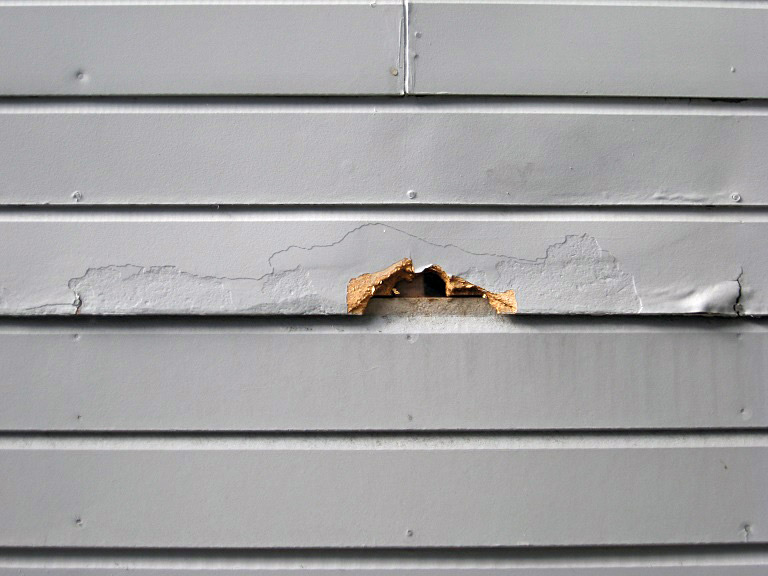
Physical damage to your home’s siding is probably the most obvious sign that it’s time for a replacement. If you have widespread damage, you might even be able to file a claim with your homeowner’s insurance.
If you leave damaged siding in place for long, it can allow insects and moisture to get to your home’s infrastructure. Once that happens, your construction project will be much larger and more expensive. It’s better to replace your siding before any secondary issues begin.
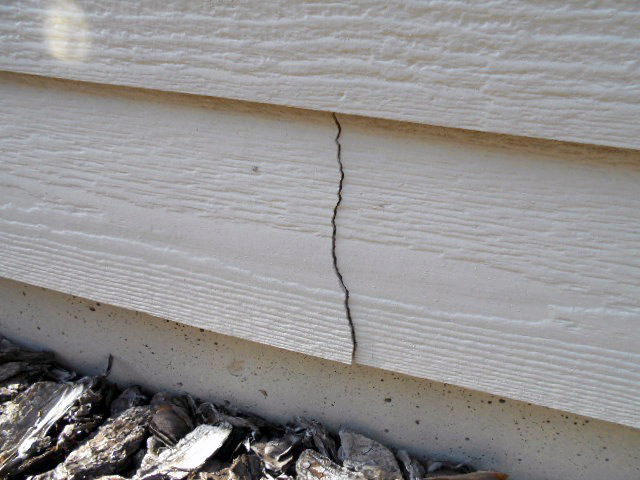
Cracking, peeling or fading on your siding is a sign of serious wear and aging. The longer your siding is exposed to the elements, the more the wear will show.
As it undergoes warm and cool weather including freezes and thaws, your siding will slowly lose its resilience and brilliance. Sometimes, depending on your siding material, a fresh coat of paint is all you need to freshen the exterior of your home. Other times, a full siding replacement is necessary to protect your home appropriately.
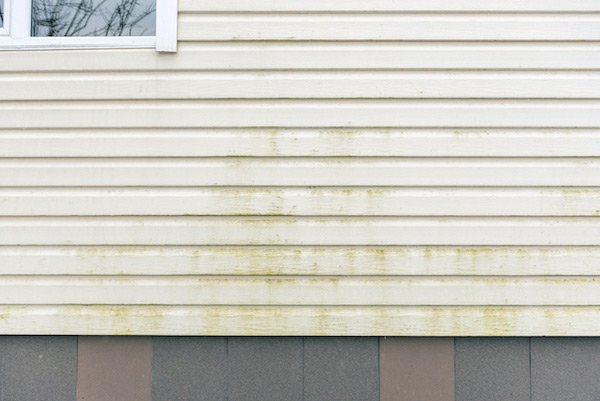
Water damage is a serious sign that it’s time to replace your siding as soon as possible. Warping, rotting, fungus growth, mold and other signs of moisture are a big red flag that it’s time to have a professional evaluate your siding.
Don’t wait on having water damage on your home evaluated. These problems spread fast and can cause serious issues for your home.
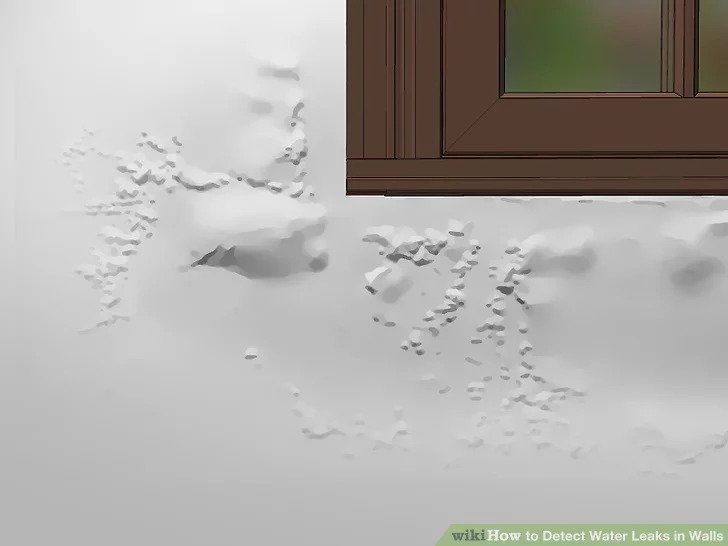
Sometimes, you can’t tell from the outside of your home that you’re suffering from water damage. But if you see suspicious signs of water on your interior walls, this is a serious sign that something isn’t right with your siding.
You’ll need to act immediately to prevent severe problems.

Continuous higher-than-usual energy bills can point to a serious issue with your siding. You might have gaps or holes that you can’t see but that have weakened your home’s insulation.
Review your energy bills regularly to check for these hidden flaws in your siding. A professional will be able to review your home’s exterior to see if siding might be the culprit in your high energy bills.
Want to know more about how to prepare for a siding project? Read up on our blog about what to consider before buying vinyl siding.
Updating the siding of your home is an exciting time. But it can also be stressful if you find yourself paired with the wrong siding installation contractors.
Part of the process is evaluating what type of siding you want and finding local contractors near you who work with that siding type. You’ll want to look for two essential elements of a trustworthy siding contractor.
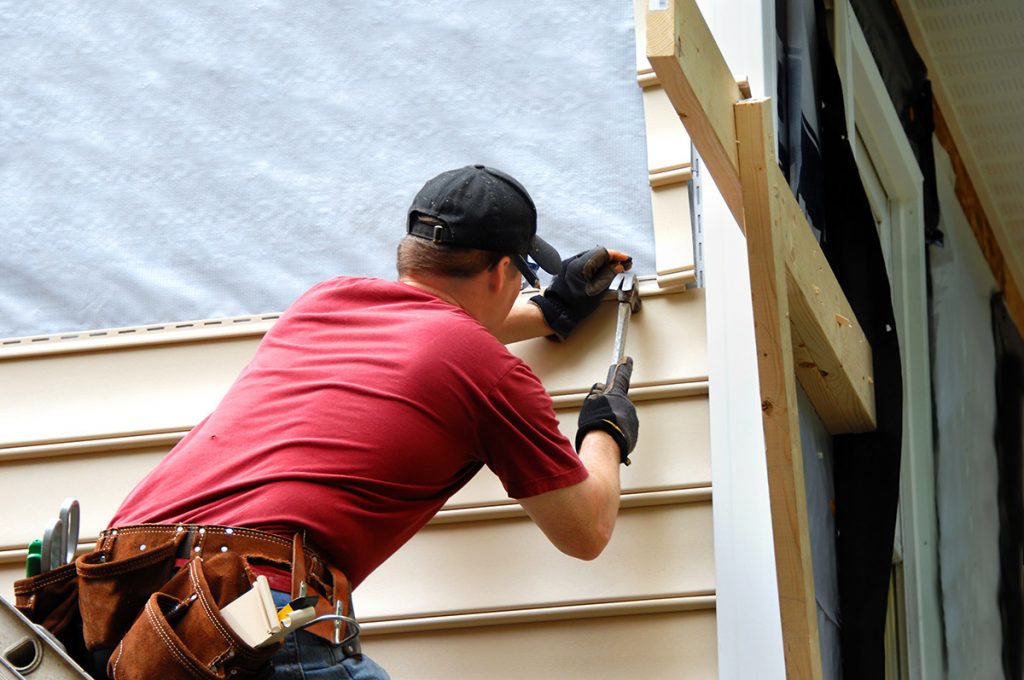
Once you create a shortlist of contractors who you think would be a good fit for your project, consider these five factors when hiring siding installation services.
If you’re considering doing your siding project yourself or hiring a handyman to do it, consider the benefits of hiring a professional siding contractor.
These benefits include:
Poorly installed siding might just mean that you have to go back through the project again in a few years. Or that your home suffers damage due to poor workmanship.
You can add a great deal of character to your home with new siding. The siding materials you choose will have a huge impact on the character and look of your home. Here’s a look at some of the most popular siding materials and options for your home.
Before you choose your siding, be sure to review your homeowner’s association guidelines to make sure you have options for your siding materials.
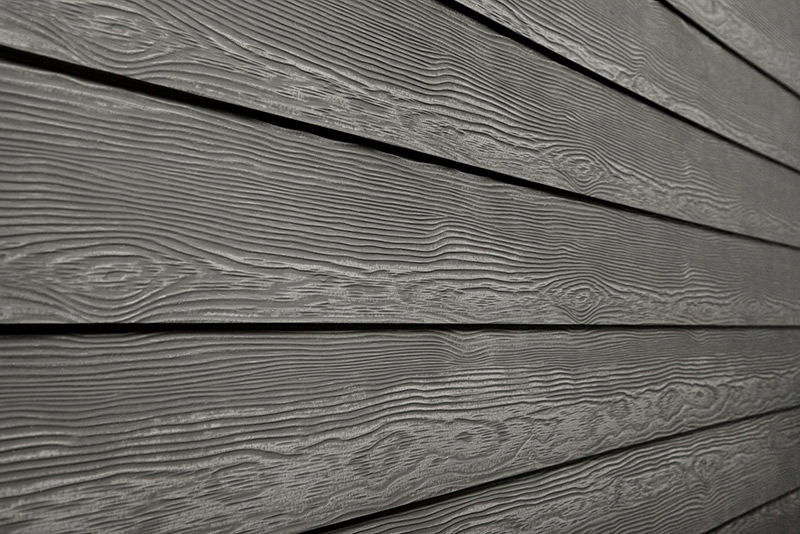
Fiber cement siding modernized the beauty of a wood-sided home. This material looks a great deal like wood but is fire-resistant and longer-lasting than wood. It won’t warp or rot like wood and tends to hold its color vibrancy longer so you don’t have to paint as often.
You can achieve a variety of looks with this type of siding. And, you can paint the siding to match whatever color you want on your home.
Hardie board siding is a type of fiber cement siding that James Hardie created. It’s extremely durable and great to work with.
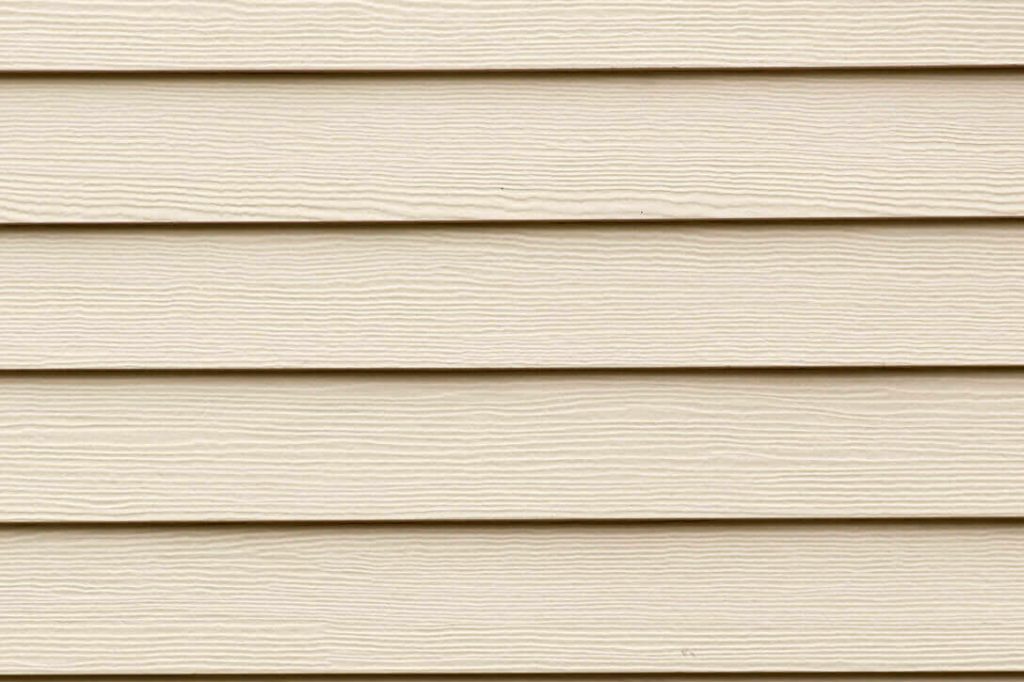
Vinyl siding is a popular type of siding that is low maintenance and never requires painting. With the right materials, you can experience outstanding energy efficiency thanks to the siding hugging the home tightly.
The better-quality siding materials protect your home from harmful UV rays to keep your siding looking as vibrant as the day we install it on your home. The advantages of vinyl siding include:
Many HOAs require siding with vinyl because of its great advantages and attractive curb appeal.
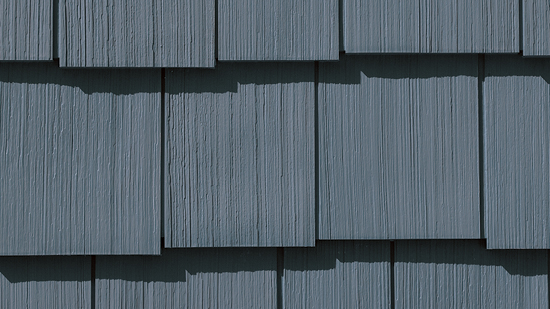
Shake and shingle siding can add some unique texture and character to your home. Make a bold design statement and stand out from your neighbors with even just a small section of shingle siding.
Talk to a siding designer about how to integrate this neat material into the exterior of your home for a modern look.
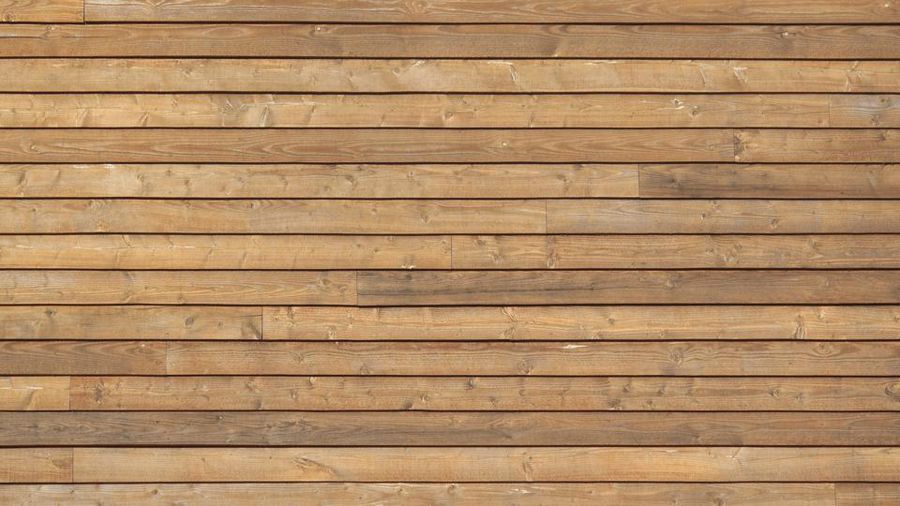
Wood siding is timeless and irresistible. Homes with this finish are often popular because of how beautiful wood siding is. Sure, it takes some maintenance to keep the wood looking great, but it also adds unique character and charm to your home.
There are several benefits of wood siding.
Updating your home’s siding has one of the best payoffs in increasing your home’s value. Remodeling Magazine reported that siding replacement can increase your home’s value by 76.7 percent of the project cost.
That means that if you spend $10,000 on replacing your home’s siding, you can expect to recoup $7,670 of that expense when you sell your home. That doesn’t factor in the enjoyment you’ll get from having fresh siding that meets your design goals and expectations.
Your home’s exterior colors will have a major impact on your home’s curb appeal – and therefore on the sale price of your home.
When considering what vinyl siding colors to use on your home, take into consideration the colors that tend to sell the best.
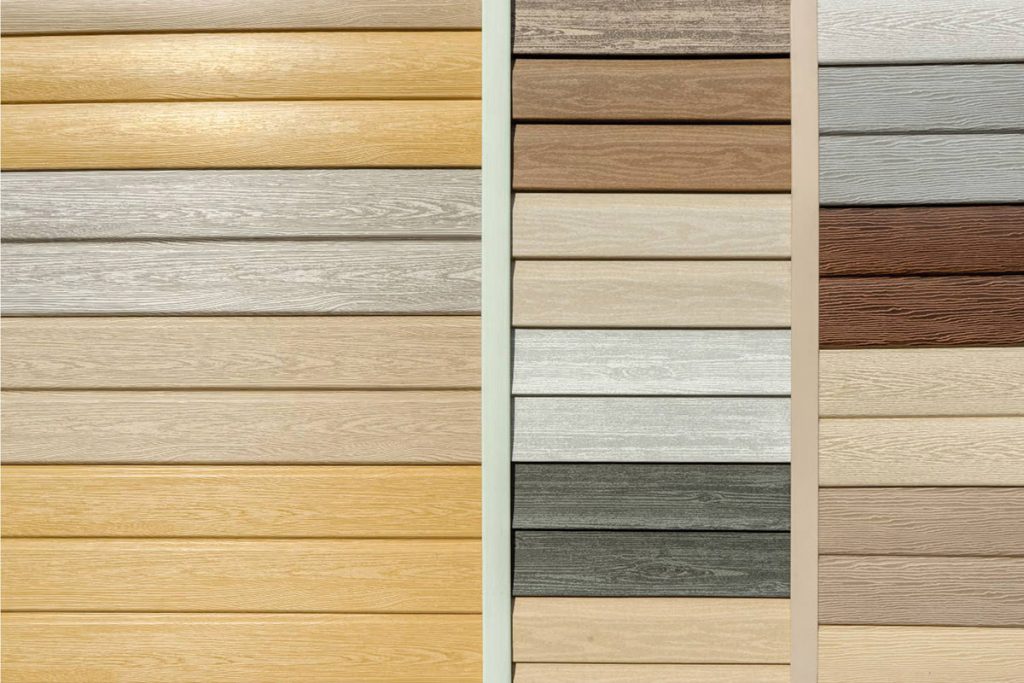
Here’s a look at some of the most popular colors to select for the exterior of your home.
Neutrals tend to sell the best because new homeowners can outfit the home to meet their style preferences.
Installing vinyl siding yourself is pretty challenging. You’ll need many tools and careful research before taking on such a large project. There are several steps involved in siding installation and it’s challenging to do with just one person.
Professional siding installers send out a team to complete a siding project. This team has vast experience in installing siding and will ensure your new siding doesn’t leak or leave areas of your home exposed to the elements. A proper installation will also improve your home’s energy efficiency.
However, if you want to do this project yourself, we outline how to install vinyl siding on our blog.
Before starting the project, it never hurts to request a professional quote for your home to learn what siding installation would cost. And during the visit, you might learn some important information about choosing quality siding for your home.
Different types of siding provide different benefits for your home. Reading up on siding information can help you complete a successful siding project.
Each homeowner’s goals are different when it comes to a siding project. Some want durability above all else, while others are willing to complete a little regular maintenance to get the curb appeal they’ve always dreamed of.
Take some time to weigh the pros and cons of each siding type before making your final selection. Work with the James Hardie free exterior design center interactive tools to see how your home will look with different siding selections.

Homeowners looking to transform the exterior of their home and their energy efficiency often ask us: should I replace windows or siding first?
The answer to this question is that it’s best to replace both at the same time. You’ll experience great benefits from combining this project.
When you can’t do both at the same time, it’s better to start with windows first because of the way they’re mounted in relation to your siding.
Storm damage is often covered under your homeowner’s insurance. But you’ll need to have an adjuster from your insurance company evaluate the damage and approve the expense before embarking on the project.
Don’t assume that just because you can see the damage after a storm that your homeowner’s insurance will cover it. The damage might be pre-existing from regular wear and tear that you just didn’t notice before.
Siding replacement costs will vary depending on the siding materials you choose and the size of your home. Generally, vinyl siding costs $1-$8 per square foot and fiber cement siding is fairly comparable. Wood siding is more expensive at $8-$12 a square foot.
The best way to learn more about the cost of a siding replacement project is to request a quote from a local Seattle siding contractor like 2FL. We’ll visit your home, complete measurements and supply you with an accurate quote.
Our team does not engage in high-pressure sales or pushy tactics so there’s no risk in having someone come out and assess your home.
Comments are closed.

Read the latest articles about siding.

[…] 1: Install J Channel Pieces under the Fascia (a Point Where Siding Contacts a Soffit or Roof at an […]
[…] you are looking to repair the existing one or get installed a new siding, make sure to hire a professional siding installer or contractor. They are knowledgeable about the […]
[…] hiring siding installation services, you should consider these 5 factors to guide and influence your decision-making. Working […]